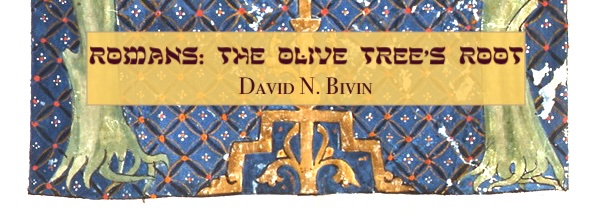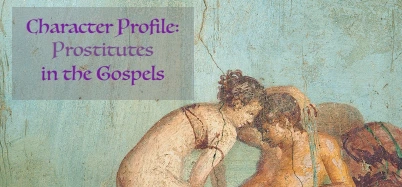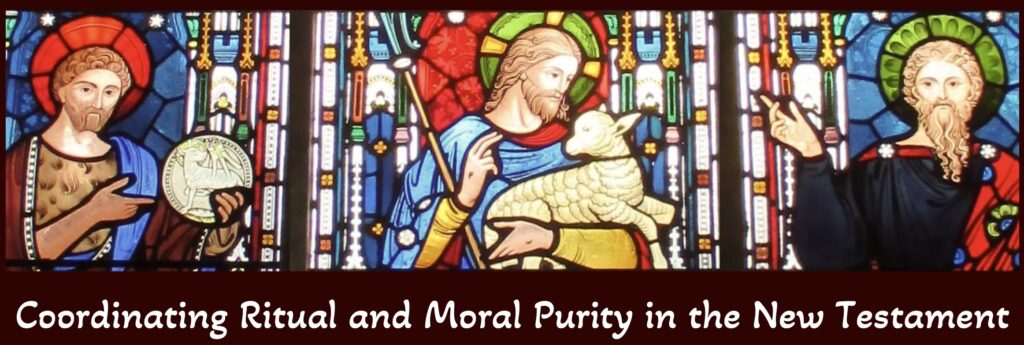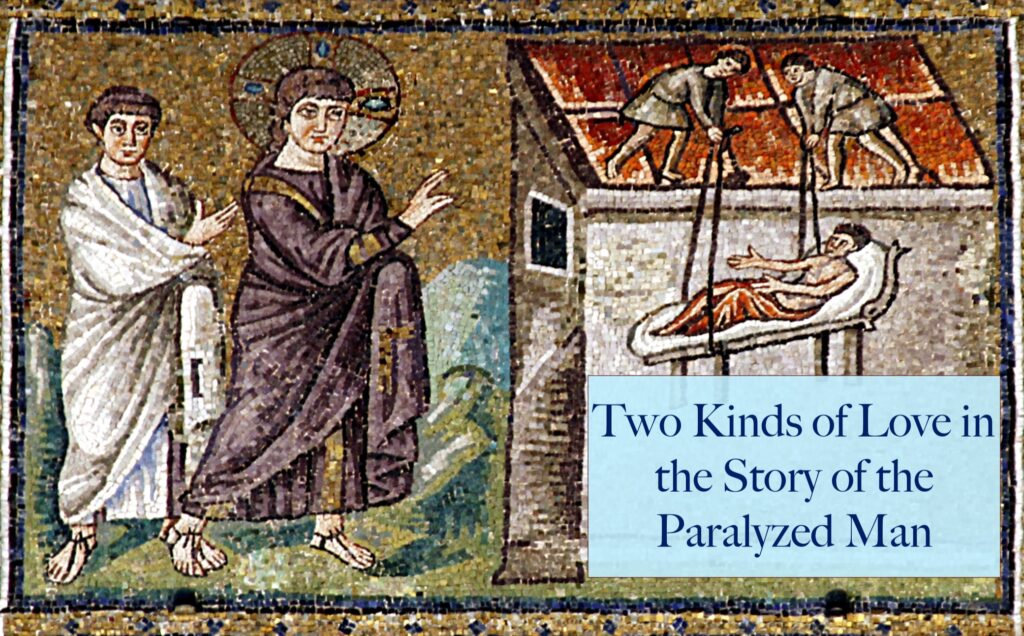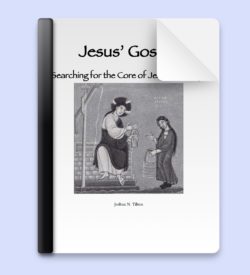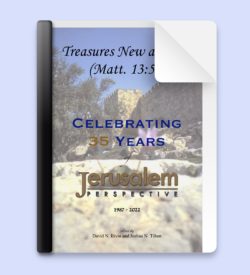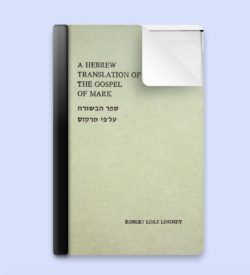Revised: 20 April 2013
The apostle Paul asserted in Romans 11:1 that God had not rejected his people. Speaking metaphorically, he went on to compare the people of Israel to a cultivated olive tree. Because of unbelief, some, but not all, of the tree’s branches had been broken off, and a wild olive branch had been grafted to the stock.[1] Paul emphasized, however, that grafting the original branches back to the stock of the cultivated tree would be a much simpler task than grafting a wild olive to it.
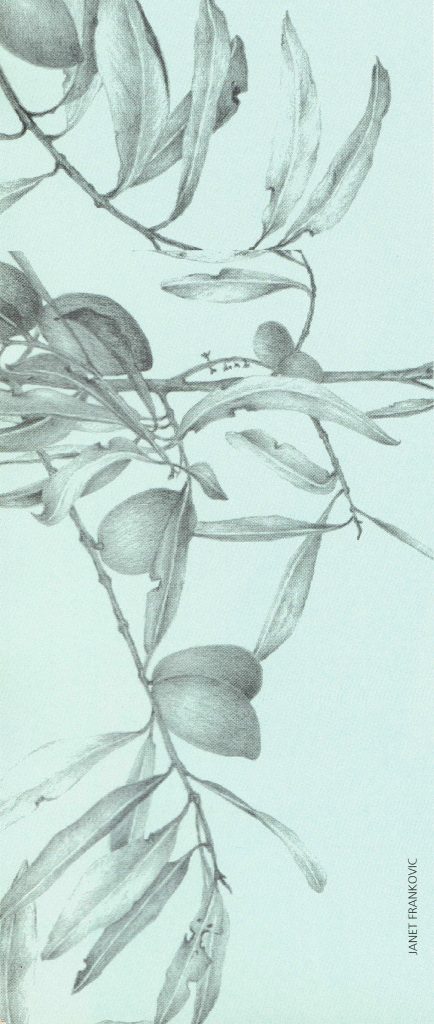
Paul spoke about Israel as a “cultivated olive tree” whose rootage was in the Patriarchs, particularly Abraham.[2] Some Bible commentators, however, interpreted the root of the olive tree as Christ or his messianic program.[3] When making that claim, they came dangerously close to endorsing an old, rotten idea: the root represents the New Israel, that is, the Church.
Once an exegete has identified the root of Paul’s metaphor with the Church, he or she cannot easily escape a subsequent and more pernicious conclusion: Israel of the flesh ceased to exist long ago. Rejecting carnal Israel, God gave her place of distinction to another. That other is the Church.
There are two reasons that the olive tree’s root has been wrongly interpreted as symbolizing the Messiah. First, the Greek word ῥίζα (ridza, root) appears in Romans 11:16. There ridza seems to parallel the Greek word ἀπαρχή (aparxe, firstfruits), which calls to mind 1 Corinthians 15:20, 23. There Paul referred to Jesus, whom he regarded as Messiah, as “the aparxe (the firstfruits) of those who have fallen asleep.”
Paid Content
Premium Members and Friends of JP must be logged in to access this content: Login
If you do not have a paid subscription, please consider registering as a Premium Member starting at $10/month (paid monthly) or only $5/month (paid annually): Register
One Time Purchase Rather Than Membership
Rather than purchasing a membership subscription, you may purchase access to this single page for $1.99 USD. To purchase access we strongly encourage users to first register for a free account with JP (Register), which will make the process of accessing your purchase much simpler. Once you have registered you may login and purchase access to this page at this link:

Check out these recent JP articles:
- Character Profile: Prostitutes in the GospelsWas first-century Jerusalem really crawling with prostitutes, as Jesus’ saying about tax collectors and harlots entering the Kingdom of God seems to suggest?
- Purity Halakha in the Story of the Hemorrhaging WomanDoes concern for ritual purity explain why the hemorrhaging woman touched Jesus’ tzitzit?
- Coordinating Ritual and Moral Purity in the New TestamentTaking another look at how John the Baptist, Jesus, and the Apostle Paul related to issues of ritual and moral purity.
- Two Kinds of Love in the Story of the Paralyzed ManTwo kinds of love operate in the story of the paralyzed man. One kind of love is inclusive and redemptive, the other is exclusive and destructive. Which kind of love will prove victorious?
- Character Profile: BeelzebulGet acquainted with this mysterious and sinister figure.
- What’s Wrong with Contagious Purity? Debunking the Myth that Jesus Never Became Ritually ImpureThe view that Jesus could not be affected by impurity and that Jesus was able to spread his purity to others is based on faulty assumptions and invalid inferences.
And check out these items from the JP Bookstore:
-
Sale!
Treasures New and Old (Matt. 13:52): Celebrating 35 Years of Jerusalem Perspective
Original price was: $24.95.$19.95Current price is: $19.95. Add to cart
- [1] “The two beautiful sprigs which God engrafted into Abraham are Ruth and Naomi [sic, Naamah], who let themselves be planted into Israel as proselytes,” Christian Maurer, referring to Rabbi Eleazar’s saying preserved in the Babylonian Talmud, Yevamot 63a (entry ῥίζα [ridza] in Theological Dictionary of the New Testament [ed. Gerhard Friedrich; trans. Geoffrey W. Bromiley; Grand Rapids, MI: Wm. B. Eerdmans, 1968], 6:987): “What is the meaning of, ‘And in you will all the families of the earth be blessed’ [Gen. 12:3]? The Holy One, Blessed Be He, said to Abraham: ‘I have two branches to engraft upon you: Ruth the Moabitess and Naamah the Ammonitess.’ ‘All the families of the earth.’ [This scriptural phrase means that] even the other families who dwell on the earth are not blessed except for Israel’s sake….” According to Joseph Shulam, the apostle Paul “uses the metaphor of ‘grafting in’ to graphically demonstrate God’s plan to bless all the nations of the world through Abraham” (A Commentary on the Jewish Roots of Romans [Baltimore, MD: Lederer, 1997], 363, 370). ↩
- [2] Maurer, TDNT, 6:989; Shulam, Romans, 363, 371-73. Rom. 11:28 helps to confirm that Paul had the Patriarchs in mind. ↩
- [3] E.g., in ancient times, the church fathers; in this century, Karl Barth: Die Kirchliche Dogmatik, vol. 2: Die Lehre von Gott, part 2 (1942), 314 (English trans.: Church Dogmatics [Edinburgh: T. & T. Clark, 1957], 285f.). ↩

